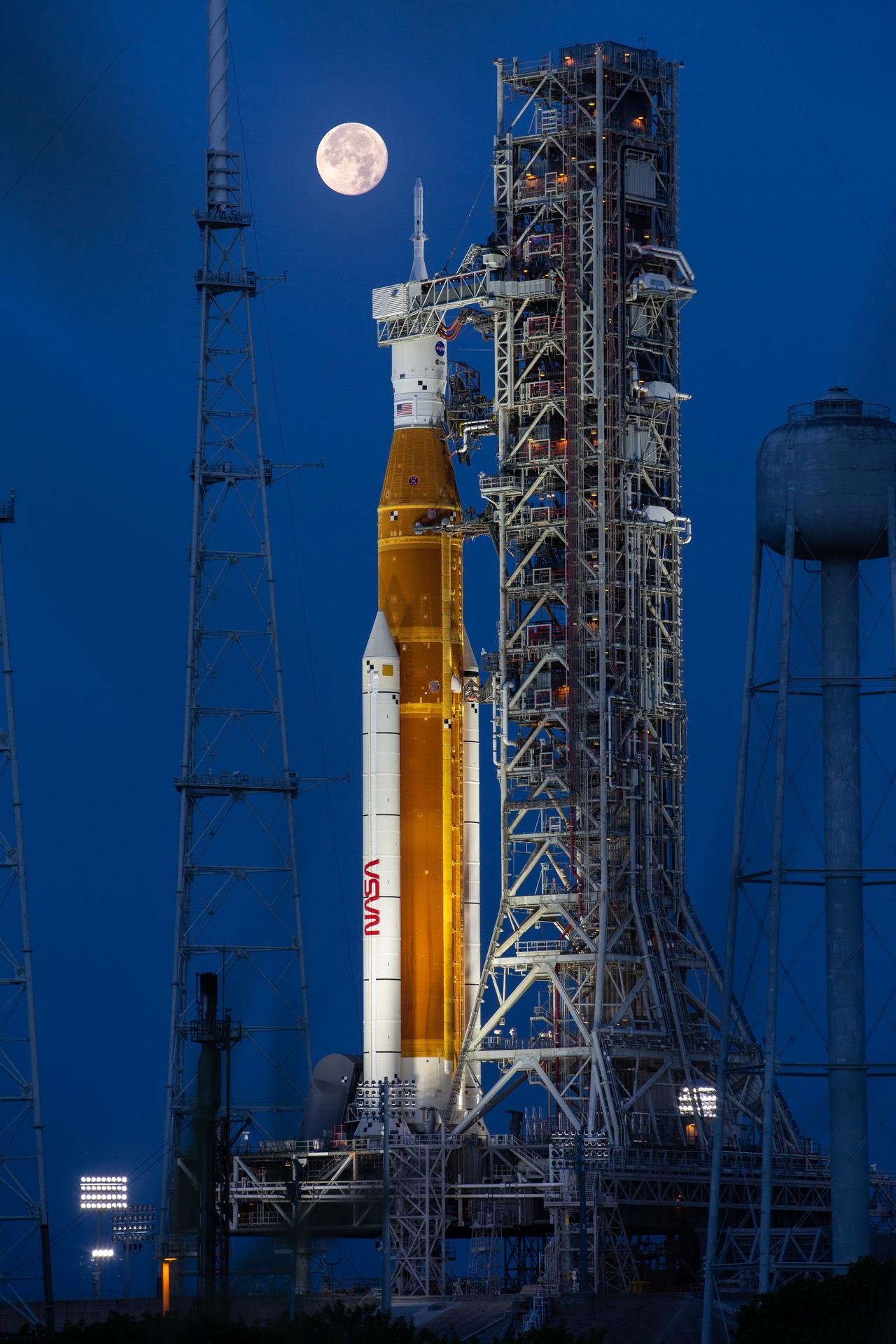Since the dawn of space exploration, cork has been a trailblazing material, celebrated for its exceptional thermal insulation. Its versatile use across a wide spectrum of applications has been a pivotal force in our advancements in spaceflight, exploration, and satellite technology. The innate properties of cork have been the driving force behind many of our groundbreaking achievements in these fields.
The journey of cork in aerospace applications begins almost with the creation of the field. In the 1950s, the US began the design of the minuteman rockets and was looking for a durable and impressive thermal insulator. Many of the military defense contractors were familiar with cork as it had been used in various applications throughout World War II, including various insulation applications for the US Navy. Cork was the material they ultimately landed on to insulate the nuclear warheads from the extreme temperatures that the rocket is subjected to when flying at speeds close to 15,000mph (24,000km/h). By the mid-1960s, cork insulation had been installed on all minuteman rockets, and to everyone's amazement, it was surpassing all expectations with its thermal insulation properties.
Cork, in its unique role in aerospace applications, confronts numerous extreme forces that it is remarkably equipped to withstand. It must endure both scorching heat and freezing cold for extended periods. When rocket fuel is loaded into a rocket's fuel tank, it is supercooled to -253°C (-423°F) for stability. During launch, the heat near the ignition and burn points can soar to 3226°C (5840°F), necessitating a material to prevent the extreme heat from damaging the rocket structure and the remaining rocket fuel from being superheated on ascent. Once the vehicle has left the Earth's atmosphere, the spacecraft will be exposed to temperatures of -270°C (-455°F), and without the protection of an atmosphere, intense solar radiation can superheat materials in direct sunlight. When the spacecraft re-enters Earth's atmosphere, it is once again subjected to intense heat and friction as it undergoes a process designed to burn up material that enters our atmosphere, which safeguards our planet. During reentry, the spacecraft will encounter temperatures of more than 1480°C (2700°F).
The results of the minuteman rockets prompted NASA to explore where cork might be able to assist in their otherworldly goals. Quickly, cork was bonded to a fiberglass cloth backing and added to the Apollo spacecraft. This marked a significant milestone in the use of cork in space, as its first trip to outer space was on the Apollo XI mission, the first mission to land humankind on the moon. Since that first mission, there has been cork on nearly every space project, cementing its place in the history of space exploration.
Apollo 16 lifting of from Cape Canaveral in 1972 - Photo from NASA Public Online Image Library
On the Mars rover missions, cork was an integral part of the rocket design that would propel the spacecraft to Mars. There were some issues with the modified rocket. The cork wasn't bonding to the vehicle as expected. The two-foot-tall cork sheet was supposed to be bonded to the entire 8 foot diameter of the vehicle where it would prevent the rocket fuel from warming up to an unsafe temperature. As one NASA mission manager put it quite simply, "[without cork] we'd run out of gas before we got to Mars." The issue was able to be remedied, and after a short delay, the mission was "go" and turned out to be a roaring success with valuable information gained from the surface of Mars.
While cork is heavier than foam or polymer-based insulation, and every ounce is crucial when launching objects into space, it is strategically employed during the design process to target the most thermally critical areas. Cork is also more expensive and often needs replacement after each flight; however, its superior insulation properties and ability to withstand temperature ranges make it a valuable choice. As mentioned earlier, cork can pose bonding challenges with certain surfaces and materials. Fortunately, cork's versatility and ease of use allow for innovative solutions to overcome these issues. For instance, cork's ongoing use in spaceflight includes the Delta series rockets, where it was blended with resin to create a more heat-resistant material for Delta IV.
Cork Granules being Worked into Insulation Cork Portugal 2009
NASA's most recent rocket, the SLS rocket, continues the storied tradition of using cork to help propel humanity to new heights. The rocket is designed to carry humans back to the moon and, one day, Mars. The rocket was launched for the first time in November of 2022, kicking off a new era in spaceflight. Now sights are set on the Orion missions which will bring humans back to the moon for the first time since 1972. Cork will again play an outsized role in the new Orion space capsule. It will be used in the Artemis rocket and the space shield for the Orion crew capsule, helping protect the astronauts on reentry.
SLS Artemis Rocket on the Launch Pad at Cape Canaveral in 2022 - Photo from NASA Public Online Image Library
Looking into the future, NASA, SpaceX and other commercial partners are already working to develop the spacecraft that will take humans to Mars as well as the materials that they hope will allow humans to continually inhabit Mars. The Mars missions will provide new challenges but also opportunities for innovation, of which cork will surely be a part. Its unique thermal insulation properties and ability to withstand extreme temperatures make it a promising material for future Mars missions, where maintaining human-friendly temperatures will be a critical factor on the years long mission.



